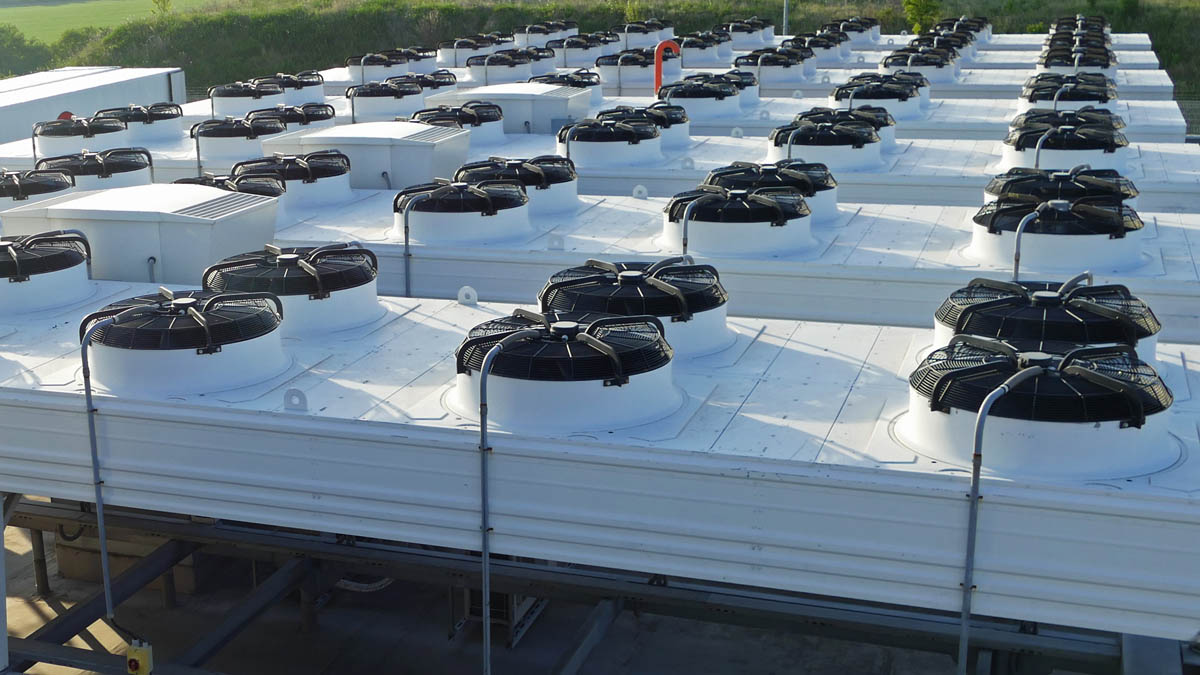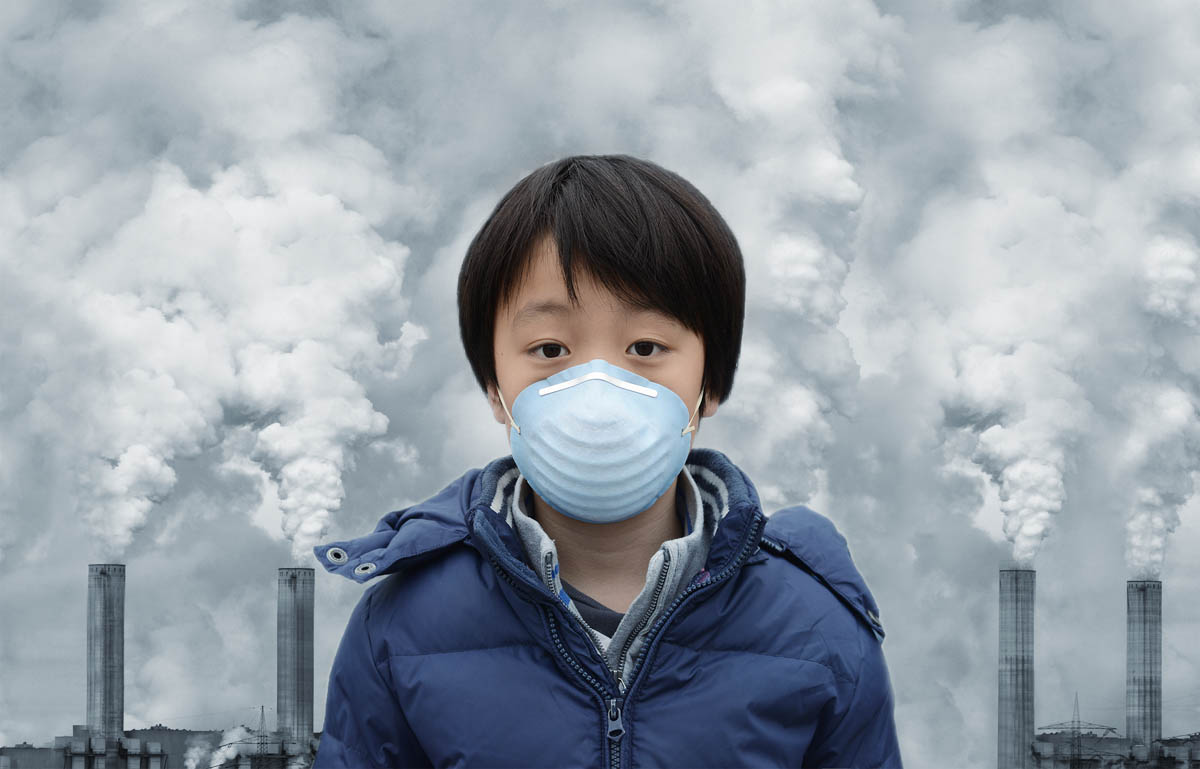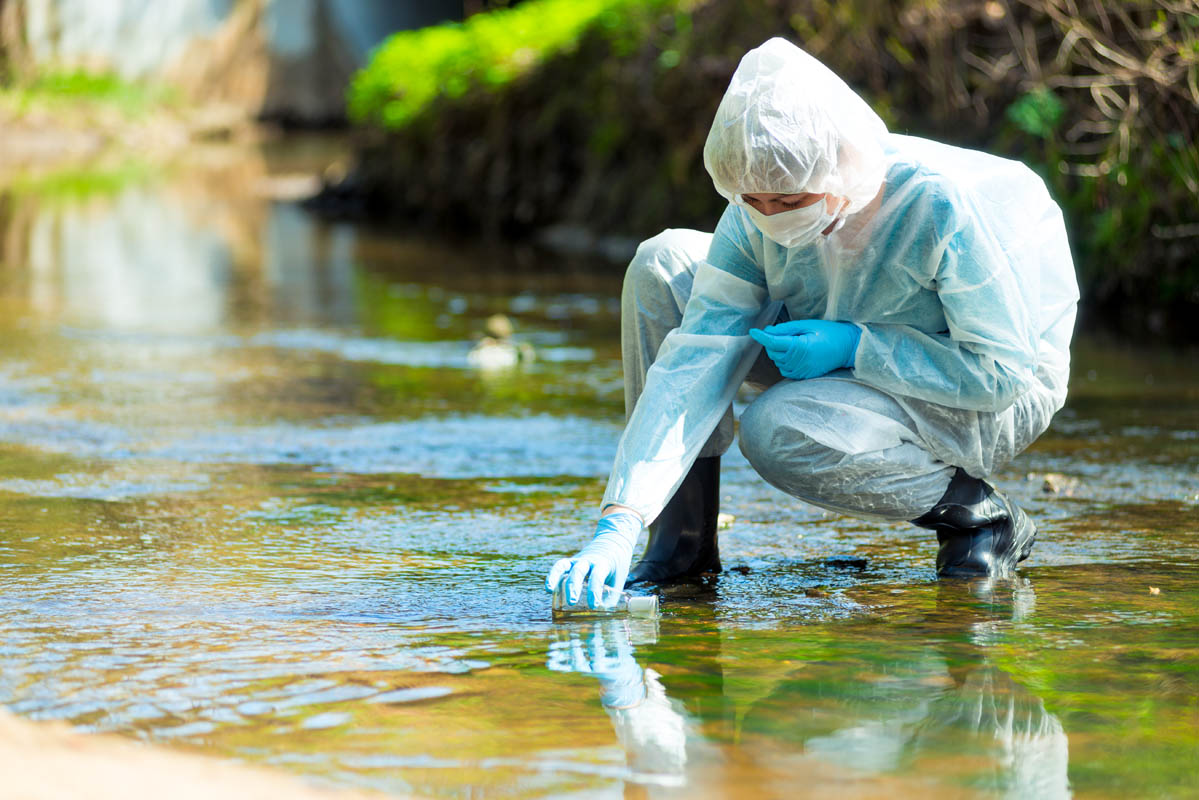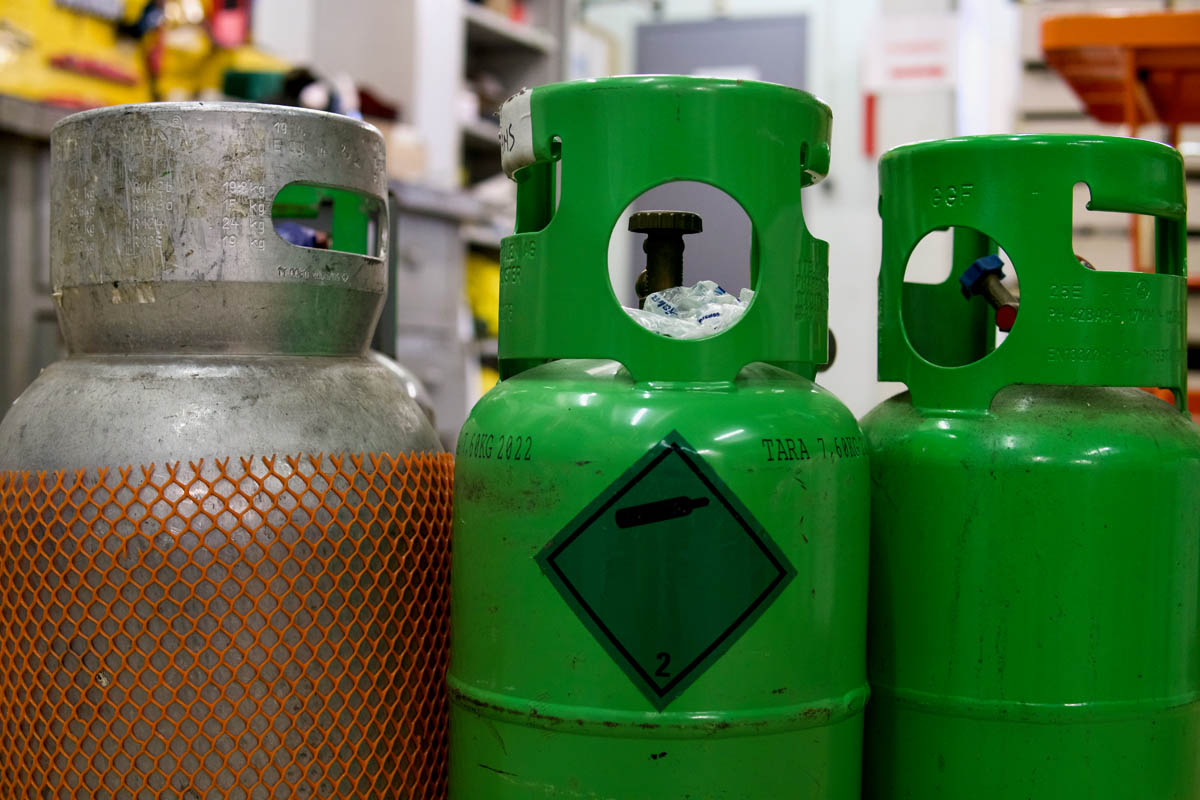
Say No to Forever Chemicals and Yes to Natural Refrigerants
What are natural refrigerants? Natural refrigerants are environmentally friendly substances utilized in refrigeration and air conditioning systems for heating and cooling purposes, as well as in hot water heat pump systems to warm water. These refrigerants, which occur naturally, are non-synthetic and non-toxic.


What are Natural Refrigerants?
There are four primary natural refrigerants:
- Ammonia (NH3): A colorless gas with a strong smell, ammonia is employed in industrial refrigeration systems and large-scale commercial refrigeration applications.
- Carbon dioxide (CO2): A colorless and odorless gas, carbon dioxide is used in commercial and industrial refrigeration systems, as well as some hot water heat pump systems like Reclaim Energy and MHI Qton heat pumps.
- Hydrocarbons (propane, butane, isobutane): These naturally occurring gases are utilized in small refrigeration and air conditioning systems, hydronic heating, and hot water heat pumps for domestic or small commercial settings, including Apricus All-in-one hot water heat pumps.
- Water: In absorption refrigeration systems, water is employed as a refrigerant, typically for large-scale industrial applications.
Natural refrigerants are increasingly popular as organizations and governments aim to minimize environmental impact and achieve climate change goals. These refrigerants are more eco-friendly than synthetic refrigerants, which are potent greenhouse gases.

Global Warming Potential (GWP)
What is the GWP of a refrigerant? GWP, or Global Warming Potential, is a metric that quantifies the amount of heat a greenhouse gas traps in the atmosphere over a specified period, compared to the same quantity of carbon dioxide (CO2). CO2 has a GWP of 1, by definition. A gas with a higher GWP is a more potent greenhouse gas and contributes more to global warming. GWP is used to compare the environmental impacts of different gases, particularly in the context of refrigerants and industrial processes that emit greenhouse gases.

What are Forever Chemicals?
PFAS, or Polyfluoroalkyl Substances, known as Forever Chemicals, are a group of synthetic chemicals used in various industrial and consumer products, such as non-stick cookware, food packaging, stain-resistant fabrics and carpets, firefighting foams, and some personal care products.
PFAS are persistent in the environment and do not degrade easily, leading to accumulation in soil, water, and living organisms. Some studies have linked PFAS exposure to health issues like high cholesterol, thyroid disease, decreased fertility, and certain cancers.

Growing concerns about PFAS
Growing concerns about PFAS’s persistence and potential health risks have led many countries to regulate or ban certain PFAS types in consumer products and industrial processes. Some countries have also initiated cleanup efforts to remove PFAS from contaminated sites.
Some manufactured chemical refrigerants contain PFAS.

Problematic refrigerants
The chart below displays various refrigerant types, their GWP over 20 and 100 years, and whether they pose a PFAS issue.
Despite the problematic nature of HFC-134A and HFC-410A refrigerants, some hot water heat pump manufacturers in Australia continue to supply units using these refrigerants.
Please note that CO2 is not included in the chart below, but as a natural refrigerant, it has a GWP of 1 and no PFAS.

